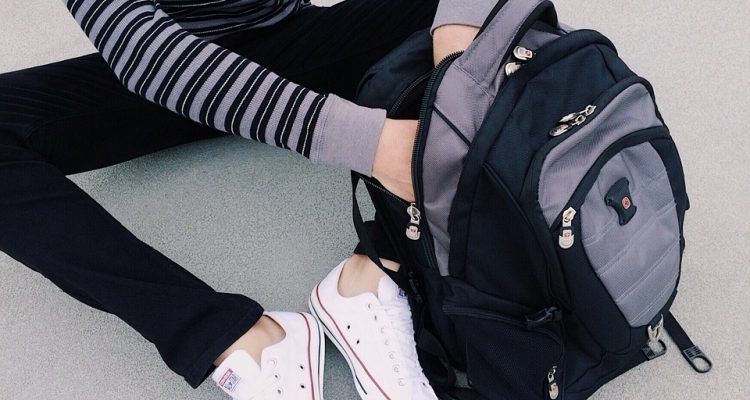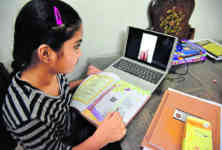
It is time of the year again when kids hit the school gates and new classrooms with fresh pencils, lunchboxes, and a new backpack, at least a lightweight one. When talking about backpacks you must know that kids backpack should not be more than 10 to 15% of their body weight. If your child weighs 60 Lbs, the must carry an 8 to 9 lb bag when full. The smaller your child, the smaller their bag should be.
In order to evenly distribute the weight, kids must wear backpacks with both the straps; otherwise, it can cause neck and back pain to the children. The spine is made up of 33 bones which can be pressurized if your child’s backpack is too heavy or worn incorrectly. A heavy backpack can create issues with the posture of the body so to avoid problems , follow these tips while buying a backpack for your kids:
Tips to buy backpack:
- Less is better – the smaller the backpack, the correctly it will fit your child.
- Clean and repack– Tell your child to clean and re-arrange the backpack every night for the next day. By this, they won’t be carrying any unnecessary item in their bag.
- Look for padding– While buying a backpack for your children make sure that the back panel and shoulder straps must be padded. You can do a rebound test to check the comfort, support, and durability. Give a simple squeeze at specific areas and wait for the foam to come to its original shape.
- Two straps – Look for straps that are wide and padded, as they help to distribute the weight evenly and reduce the risk of back pain. If you want some more support that you can opt for backpacks that come with chest and back support
- Adjust the shoulder straps so the backpack fits closely to the upper part of the body. When the backpack is away from the body, it becomes difficult to achieve proper balance.

Bag Pack
Tips on packing the backpack:
- Don’t overload it: while packing the bag make sure it must not exceed 10 to 20 % of the child’s body weight.
- Smart packing: for a great weight distribution store the heaviest items: books, binders and geometry boxes closest to the child’s back.
- Make use of pockets: to keep the items distinct and for weight management keep the things in sections. For example: keep books in one section and lunch in another one





